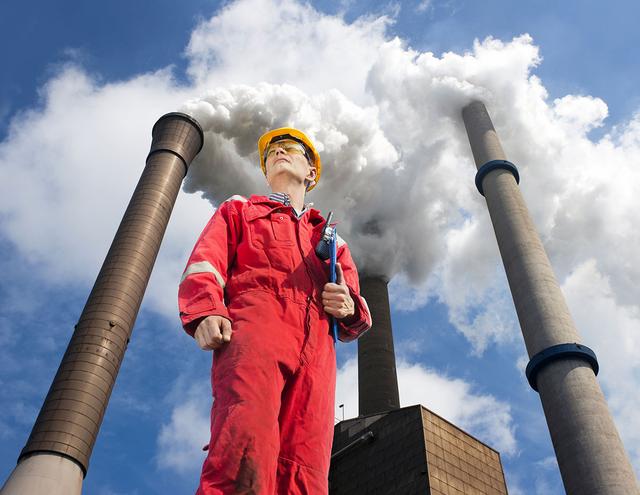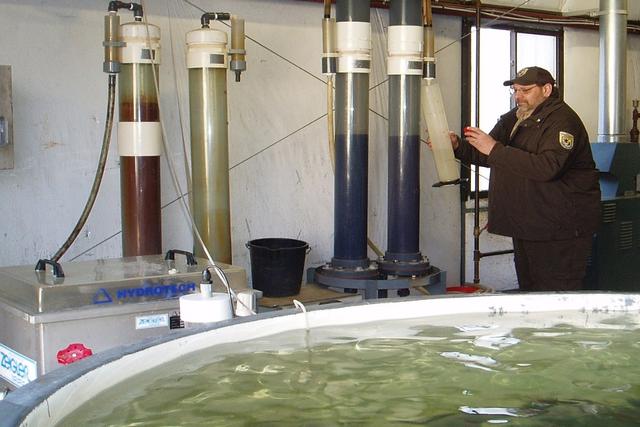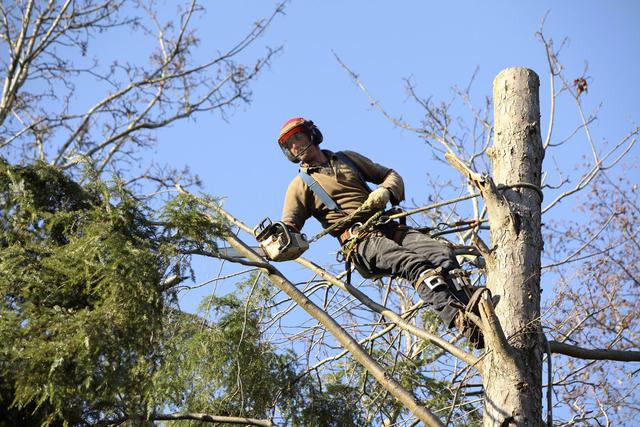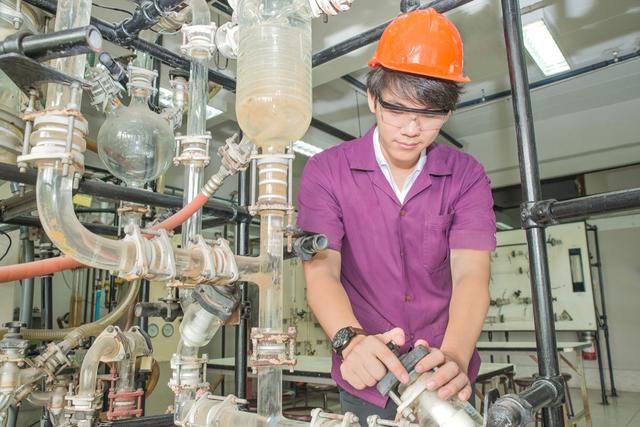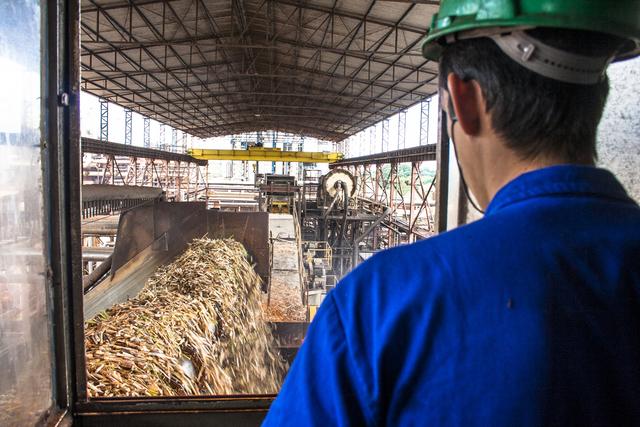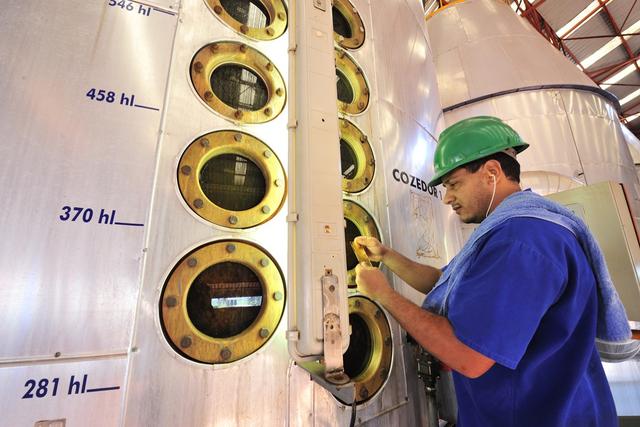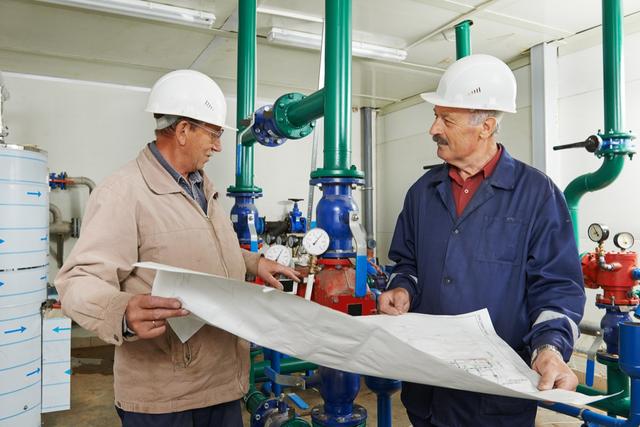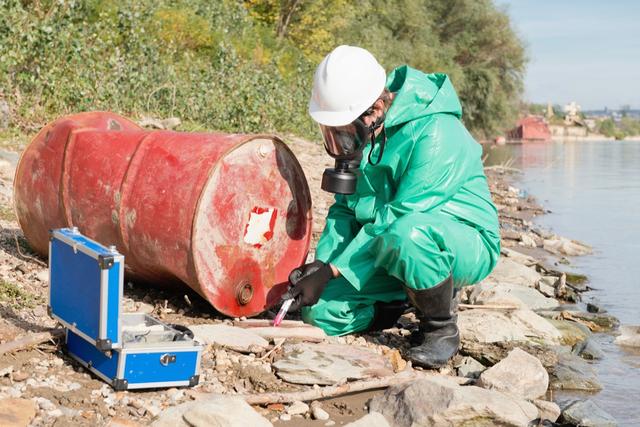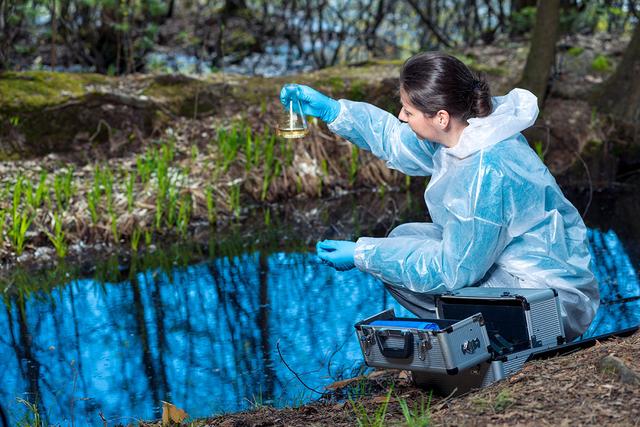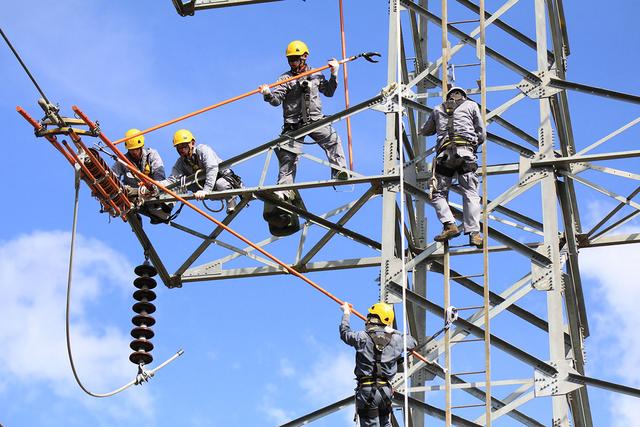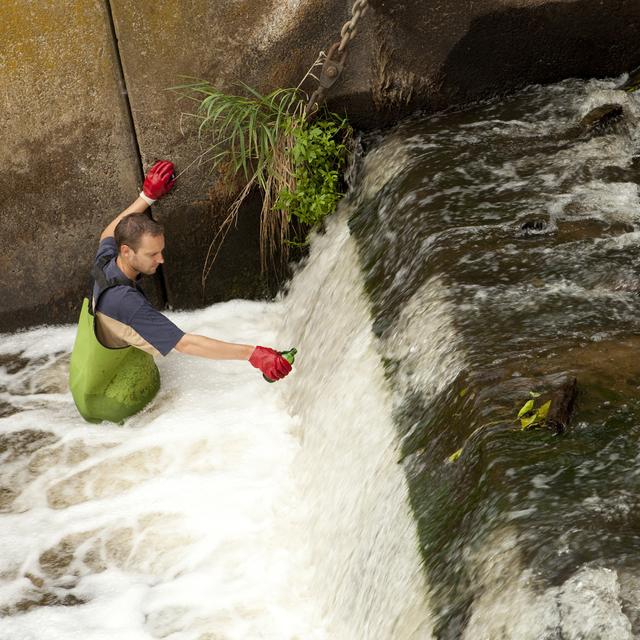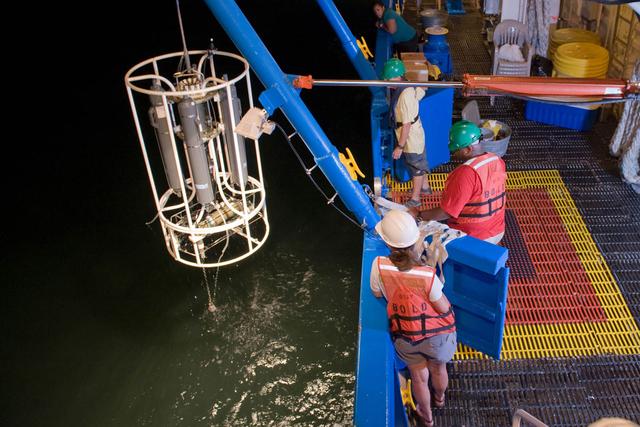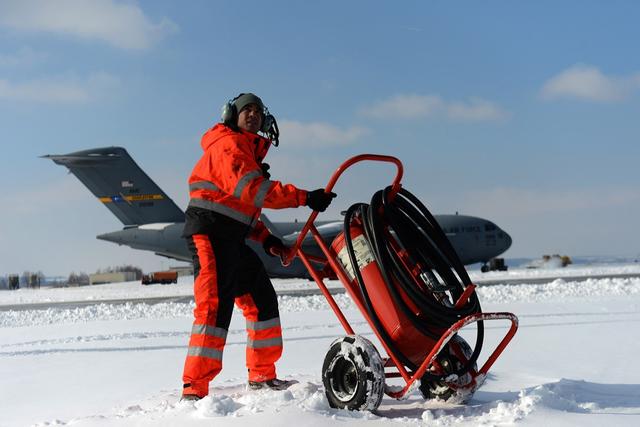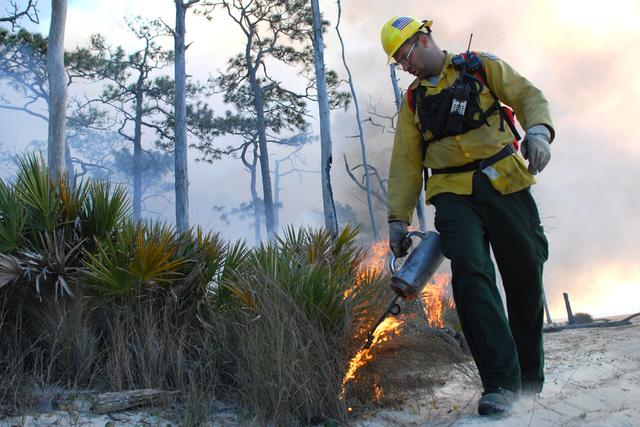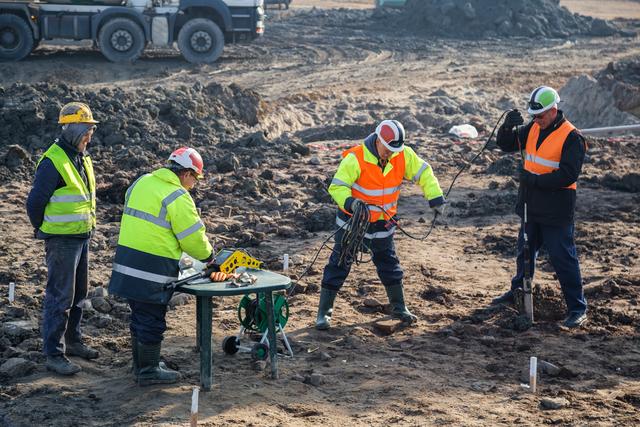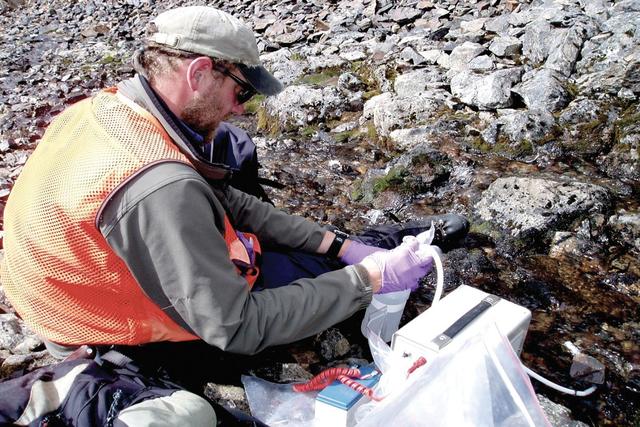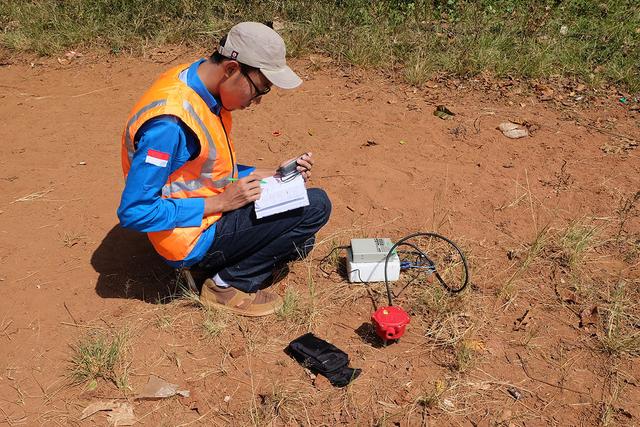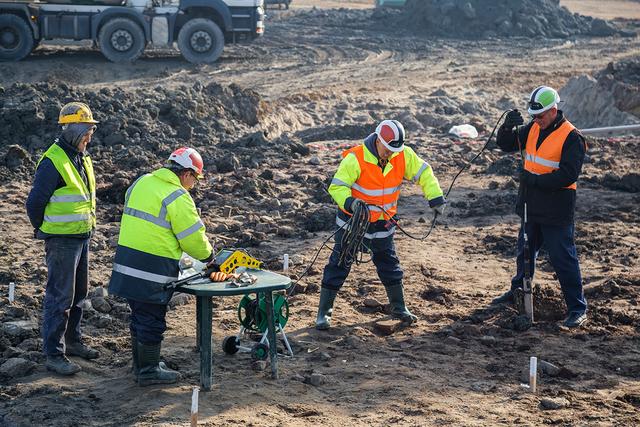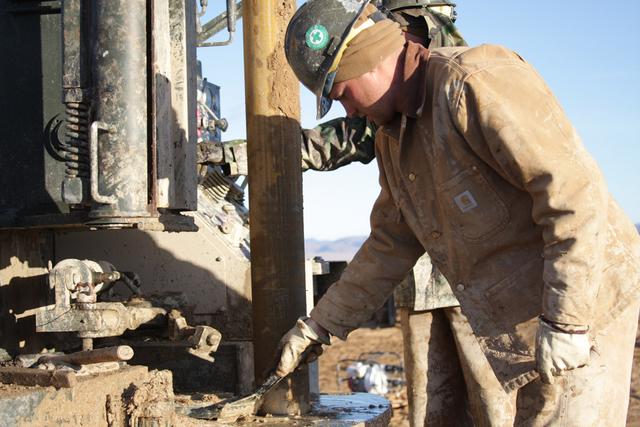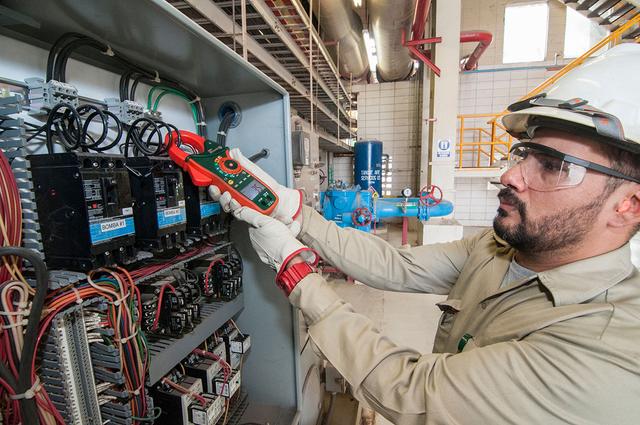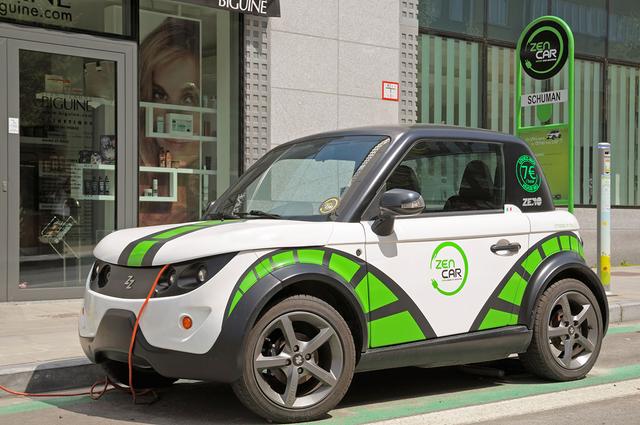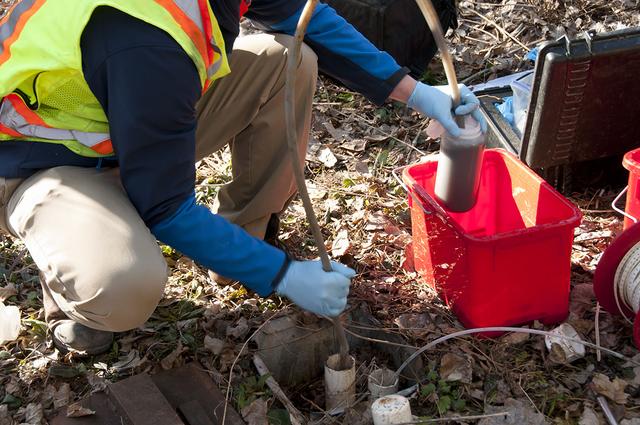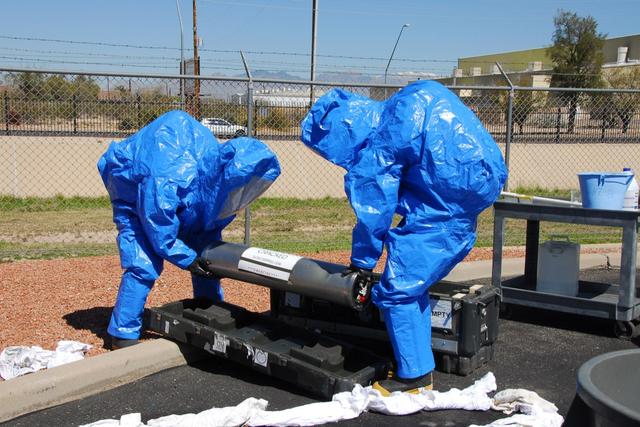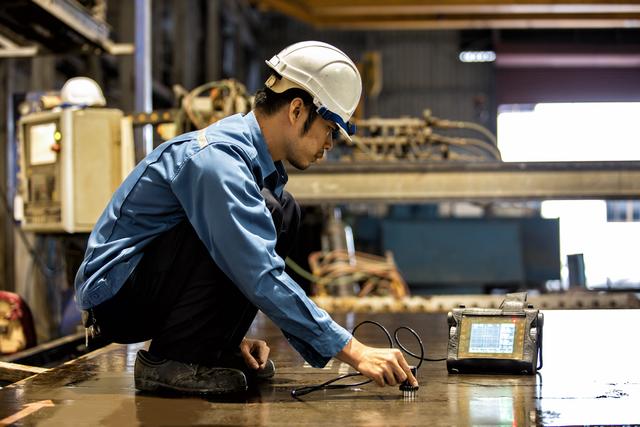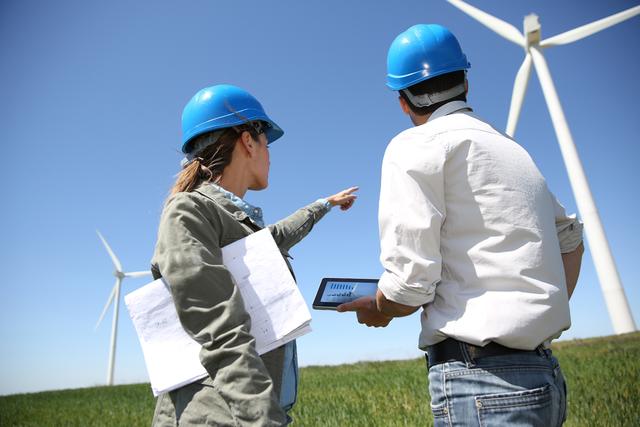Hydropower and Marine Energy Industry Workers
Overview

Introduction
The power of water—in rivers, streams, lakes, and ocean tides—is used to generate electricity. This type of electricity is known as hydropower electricity. Hydropower and marine energy industry workers perform a wide range of duties, from designing, constructing, and maintaining hydropower projects and plants, to assessing and remediating the environmental impact of these projects, to providing support services (e.g., human resources, clerical, information management) to science and technology workers. According to the National Hydr...
Quick Facts
Median Salary
Employment Prospects
Minimum Education Level
Experience
Skills
Personality Traits
Earnings
The Association of Energy Engineers conducted a survey of its members (which include engineers, executives, educators, and others in the energy field) in 2024. It found that 62 percent of its members earned between $100,000 and $199,999. Salaries ranged from $10,000 to $300,000 or more.
The U.S. Department of Labor (DOL) does not provide salary information for hydropower and marine energ...
Work Environment
Work environments vary depending on the worker’s job title. For example, hydropower engineers may perform a significant amount of their work outdoors. Recreation managers may often find themselves developing outdoor walking paths and trails near hydroelectric projects to ensure that vegetation and wildlife are protected. All workers who work outdoors must deal with occasionally demanding weathe...
Outlook
Hydropower is an important renewable energy resource because of its abundance and ability to produce electricity inexpensively without harmful emissions. Despite this fact, employment in the hydropower industry is expected to remain sluggish in the next decade. The U.S. Department of Energy says that "barriers that could be hindering workforce growth include a lack of hydropower educational pro...

